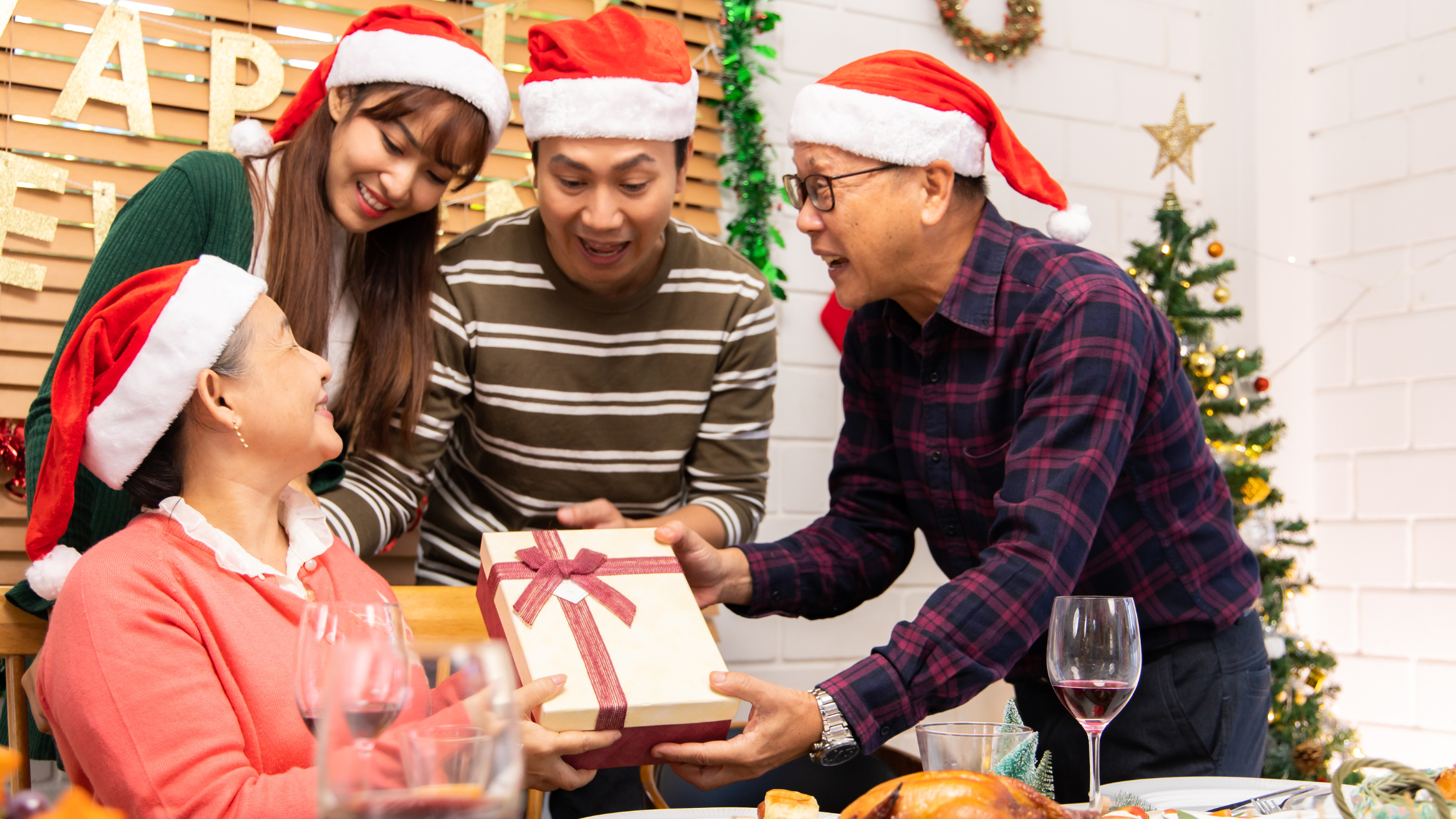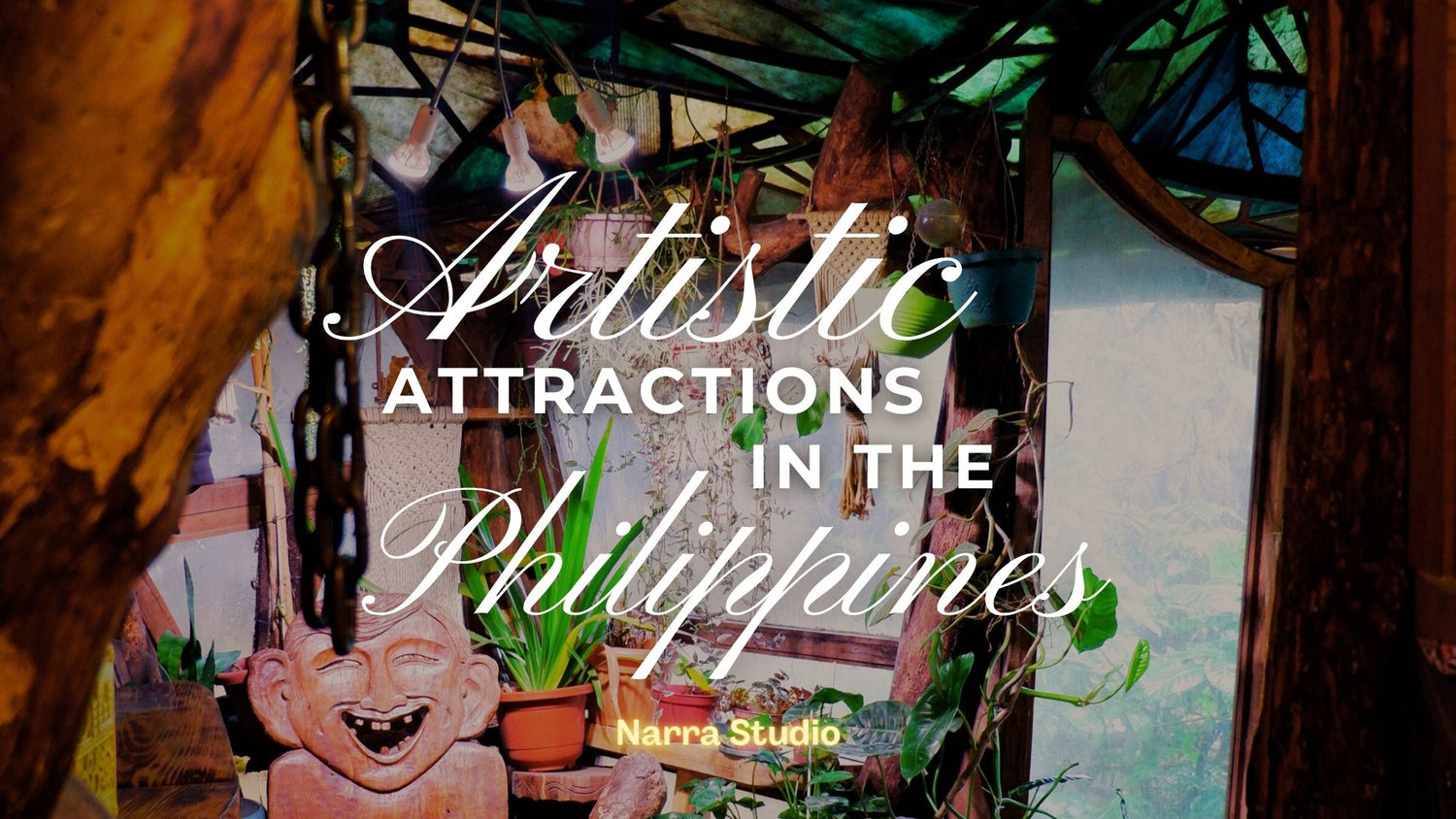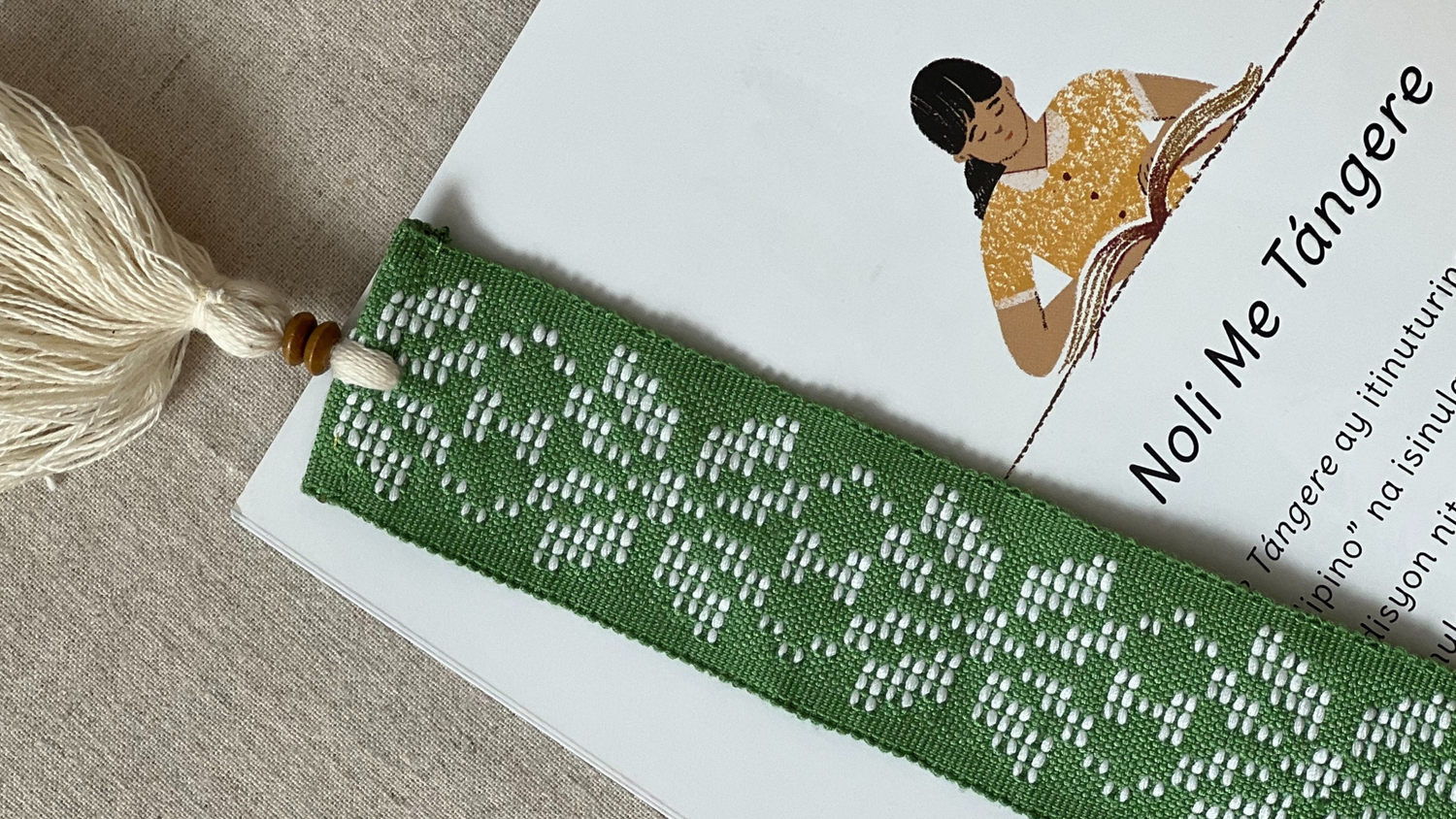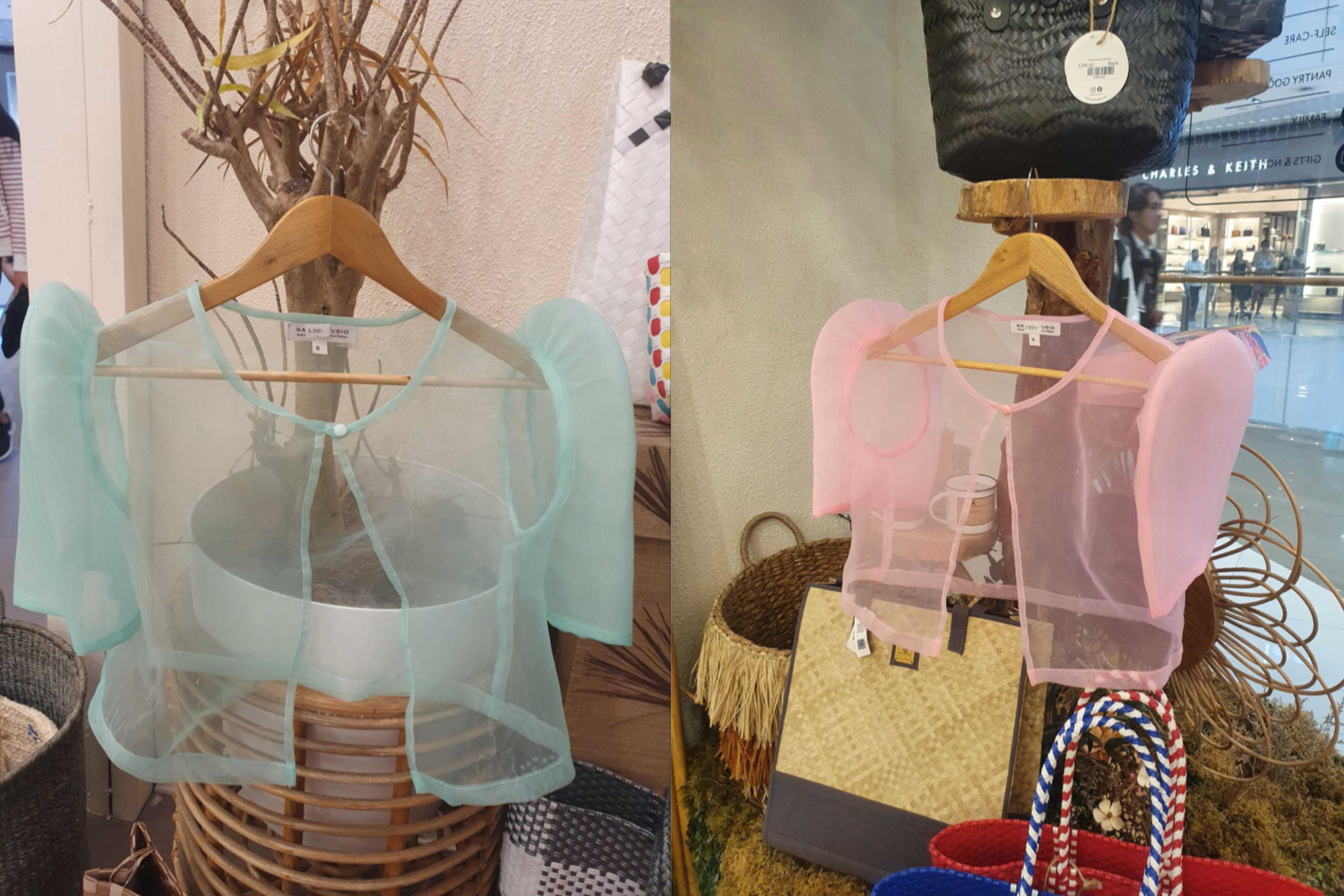By Kenn Anthony Mendoza
The rich culture and heritage of the Philippines can be viewed through the lens of its holidays and festivities. The country takes its holiday celebrations seriously. Among its Southeast Asian peers and even the rest of the world, the Philippines boasts of celebrating approximately 50 holidays yearly, only outranked by India and Colombia in first and second place, respectively.
But no other holiday is more anticipated than the Christmas season. As the “ber” months approach, memes of musician Jose Mari Chan would pop up on social media the moment it’s September 1. Christmas spirit is officially in the air when Jose Mari Chan’s Christmas in Our Hearts plays in establishments.
Filipino Christmas tradition is heavily influenced by Spanish culture. The most observable traditions include decorating houses with parols (a Filipino ornamental lantern constructed using bamboo and Japanese paper, illuminated with candles, oil lamps, or carbide lamps), hearing Christmas carols (where kids go around houses to serenade homeowners in exchange for a small amount of money) attending Simbang Gabi (refers to the tradition of dawn and evening masses from December 16 to December 25) and Misa de Gallo (Rooster’s mass on Christmas Eve) and Noche Buena (a gathering at Christmas Eve wherein ham and queso de bola are the centerpiece of a lavish spread). But Christmas will never be the same without exchanging gifts with friends and loved ones.

Image Credit: Chad Madden https://unsplash.com/photos/SUTfFCAHV_A
The most widely bought gifts Filipinos love to give are pieces of jewelry, clothing, and footwear, which are easily accessible in malls and souvenir shops. But if you want to stray from the usual options this year and be more creative, consider gifting items personally handmade by Filipino craftsmen.
Here are some gift recommendations. Whether you’re giving these to your foreign friends or pasalubong (a gesture of travelers giving gifts to people back home) to loved ones, these items chronicle the best of Philippine culture.
1. Palawan Tingkop - Miniature


This nifty miniature proves that the best gifts come in small packages. And small packages have the best stories to tell.
The Palawan Tingkop is perfect for someone who appreciates miniature pieces. The tingkop symbolizes the craftsmanship of the Palaw’ans, an indigenous ethnic group in the Southern part of Palawan. Despite social pressure, the Palaw’ans have preserved their cultural practices, traditions, and values. They are territorial and are cautious of welcoming outsiders lest they contract any form of illness.
The materials used to craft the miniature tingkop reveal the rich resources of Palawan and the deft handwork of the indigenous tribe. The body (bilug et tingkep) is made from bamboo strips in two colors using a single or a double overlapping weave. Its rim and base (semalang) are made of bamboo, rattan, and softwood and are stitched to the busy using threads from rattan and the nito vine.
The normal-sized tingkop is used to store rice, salt, and other personal belongings. The Pala’wan hunters wear the small ones to attract success in their hunts. It is also used in rituals and is believed to contain spirits.
Telling the story of the tingkop can be a great conversation starter at Christmas parties, and anywhere you go.


Handwoven and lined with Abra, Ifugao, and Iloilo textiles, this generously sized pouch carries everyday essentials: keys, credit cards, makeup, and earphones. Sturdy and nifty, this pouch can easily be slipped inside bags—perfect for that one friend who’s always on the go. Holiday-wise, this accessory has a specific function: to sneak out some lumpiang shanghai for any Christmas party or gathering!


More than its function of keeping you cool in humid places, the history of the pamaypay goes way back to the Spanish colonization in the Philippines. It was even mentioned in Jose Rizal’s novel, Noli Me Tangere (Touch me Not), a modest item carried by the heroine Maria Clara.
The pamaypay was a mainstay accessory paired with the formal Filipiniana dress. Back then, expensive pamaypays were made from lace or pineapple silk and exquisite wood from native trees. It is adorned with brass and finished with a delicate silk tassel.
4. Tboli Hand-Cast Brass - Circle Earrings


These Tboli hand-cast brass circle earrings can add a statement to your look. Brass pairs well if you coordinate with turquoise, emerald, cobalt, and deep cool grays.
Apart from mastering the art of handweaving diamond patterns, the Tboli people of Lake Sebu in South Cotabato are also known for their brass casting tradition, creating exquisite accessories and objects such as bells, rings, necklaces, belts, bangles, and earrings.
Children can learn the basics of casting tradition from brass casters or brass smiths but can only handle equipment when they turn 15. The age requirement is because the equipment is heavy, and the practice involves working with fire and molten brass, which can pose a danger when mishandled. The brass casting tradition involves a complex process of wax rolling, clay molding, and molten metal casting and usually takes days to complete.
5. The Fabulous Fiestas of the Philippines


Books make the perfect gift for children. Many studies have discovered the benefits that children get from reading. For example, it stimulates their imagination, helps kids build emotional intelligence, and teaches kids about cultural heritage. And what book could illustrate Philippine culture better than learning about all the different Philippine festivals in The Fabulous Fiestas of the Philippines?
With vibrant illustrations and interactive Seek and Find pages, this book is entertaining, engaging, and informative. Kids will love learning new things, and finding uniquely Filipino people, objects, food, animals, and more hidden in the artwork.
6. Philippine Republic Upcycled Tote Bag


Wear your heart literally on your sleeve with this tote made from old flour sacks.
While it may be less fashionable than all other bags, the tote compensates for its uniqueness. It’s the best gift to give, especially during the holiday season when people are in a shopping frenzy. Stuff your purchases, finds, essentials, and gifts. Or, after the holidays, when you decide to shed some weight, the tote can be a substitute to carry your gym clothes. It’s practical, lightweight, durable, and most of all, uniquely Pinoy.


This necktie features the kusikus pattern, which translates to “whirlwind.” It dates back to the 1400s from the Northern Philippines Ilocos and was designed to protect its wearer by confusing evil spirits.
The kusikus had its moment when Rappler CEO Maria Ressa proudly wore the pattern in a Nina Isabel blazer for her Nobel lecture (Nina Isabel is a Filipino fashion brand founded by former ABS-CBN reporter Nina Corpus). Nina told Rappler that the pattern “represents the waves of the sea since these were used as sails during the Galleon Trade.”


While it’s apparent that blankets provide warmth and comfort during the holidays, they can be used as a finishing touch that you can throw on your sofa for your living room.
It’s also a practical choice to give if you’ve run out of ideas for your “Monito and Monita,” the Philippines’ version of Secret Santa wherein participants are randomly assigned to give someone a gift for the season. This is done by randomly drawing names. Usually, this is organized to surprise friends and family with personalized gifts.
Open source images:
1. https://unsplash.com/photos/SUTfFCAHV_A
Additional reading:
1. https://www.thespruceeats.com/philippine-noche-buena-feast-3030319
2. https://www.cbc.ca/kids/articles/4-months-of-christmas-in-the-philippines
3. https://blog.remitly.com/lifestyle-culture/christmas-traditions-philippines/





